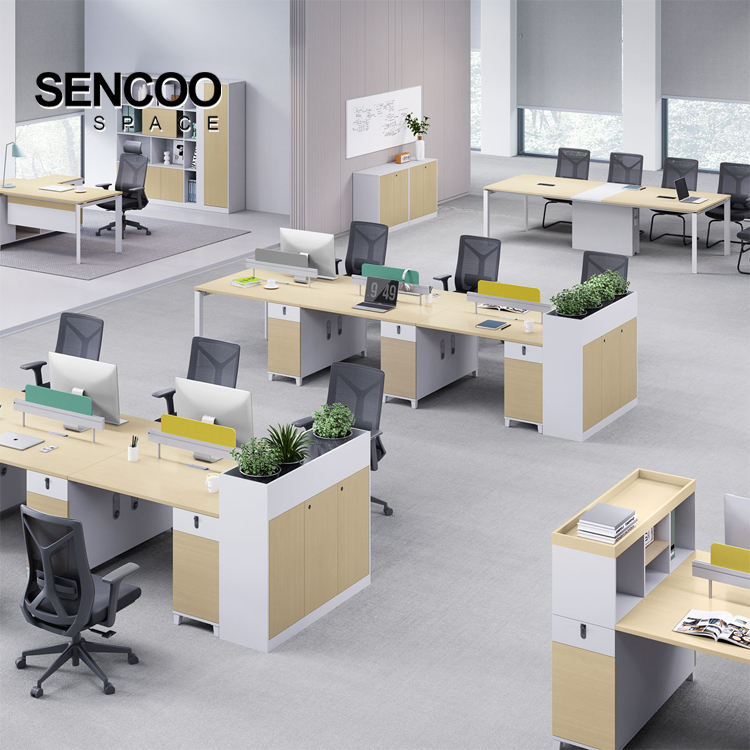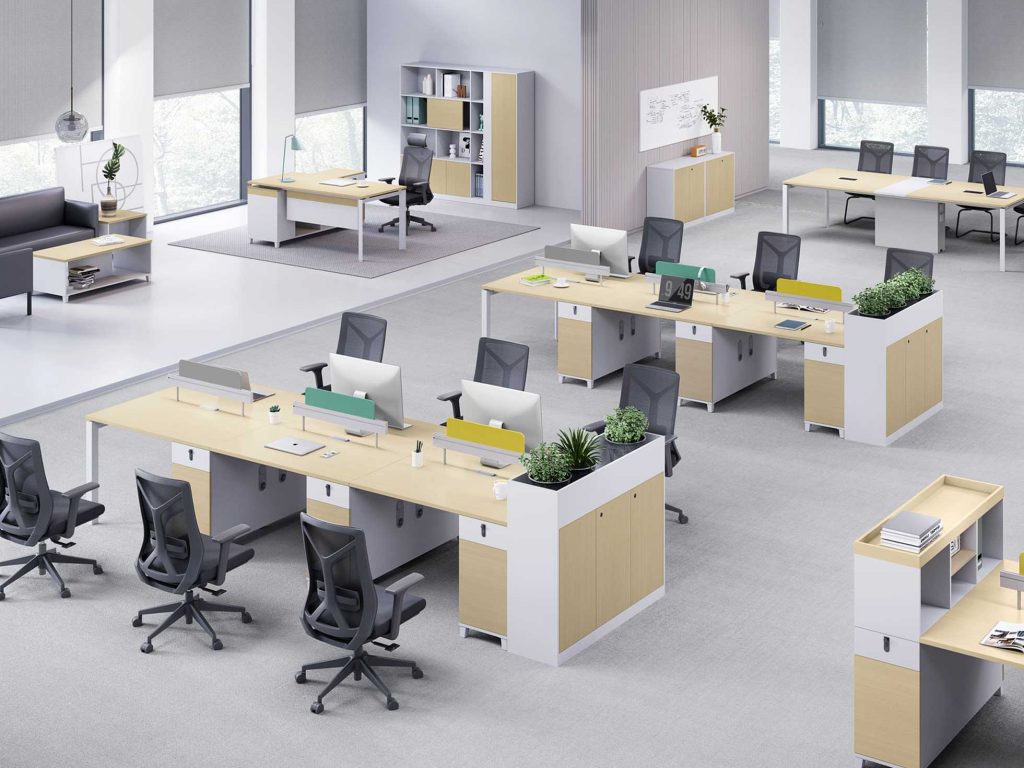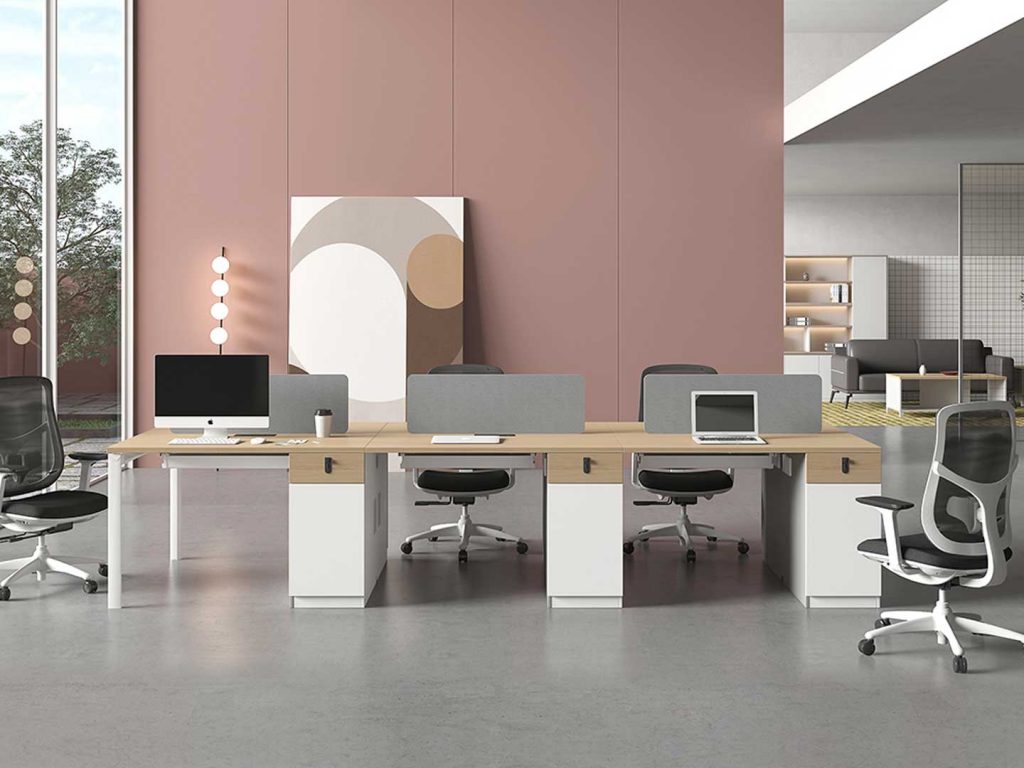In today’s dynamic work environment, flexibility has become a key to boosting productivity and fostering collaboration. A flexible office layout not only enhances work efficiency but also helps teams adapt quickly to changes. So, how can you configure office furniture in a flexible and practical way? Here are some actionable tips:

1. Choose Modular Office Furniture
Modular furniture is the cornerstone of a flexible workspace. It can be easily assembled, reconfigured, or expanded to meet the changing needs of your team. Mobile desks, stackable cabinets, and sectional sofas allow you to create customized layouts as your office evolves.
2. Use Adjustable Office Desks and Office Chairs
Ergonomic office desks and chairs that offer height and angle adjustments cater to different body types and work styles. Sit-stand desks, in particular, give employees the option to alternate between sitting and standing, enhancing comfort and promoting better health.
3. Design Multi-Functional Spaces
Create zones for different activities, such as open collaboration areas, quiet focus zones, and casual meeting spaces. By incorporating foldable desks, mobile partitions, and soft seating, you can quickly adapt spaces based on your team’s needs.
4. Incorporate Mobile Furniture
Furniture equipped with casters—such as mobile desks, chairs, and storage units—makes it easy to rearrange the office layout. Whether for team meetings, project collaborations, or solo work, mobile furniture provides maximum flexibility with minimal effort.
5. Flexible Storage Solutions
Opt for modular storage systems, mobile pedestals, and open shelving. Flexible storage keeps workstations organized and allows employees to customize their space depending on their workload or project needs.
6. Plan for Future Growth
Avoid overcrowding the office from the start. Leave room for future expansion, new hires, and layout adjustments. Flexibility is not only about meeting today’s demands but also about anticipating tomorrow’s changes.
7. Use Colors and Materials to Define Spaces
Besides furniture placement, using different colors and materials can help visually separate areas without building walls. For example, different colored chairs or varied flooring materials can subtly define meeting areas, lounge zones, or workstations.
Flexibly configuring your office furniture allows you to build a workspace that grows and evolves with your business. With the right furniture and a smart layout, you can enhance collaboration, boost productivity, and create a more inspiring work environment.

